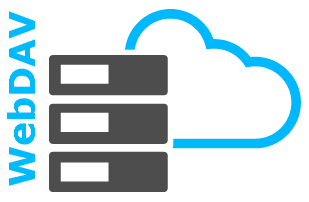
Implementing A Multi-User Webdav Server
Golang comes with a webdav server implementation. It only supports webdav operations and nothing more. To manager a group of users, we need to implement our own handling logic. hacdias’s webdav server associates each user with his/her own webdav.Handler, and each authenticated request goes to their respective handler. rclone can generate dynamic webdav backends using auth proxy. By implementing auth proxy, rclone can serve different contents based on users. However, both of them suffer from lock states not shared, meaning when multiple users share the same directory, some changes may be lost if they try to modify its resources concurrently....